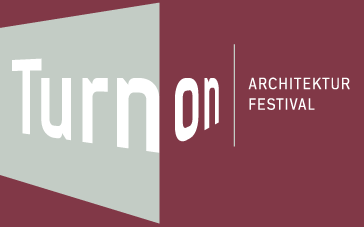A humanistic or social approach in the architectural and urbanistic discourse of the last fifty years has often been misused, among other things also to cover up mediocrity. Despite my position that the humane and social should be preserved as the fundamental cores of architectural thinking, teaching and production we have to permanently address our profession as primarily physical, therefore spatial and material, even with its necessary precision and attention to the details, but always rethinking the standard, the obvious.
How to establish a clear spatial, material and social identity of a neighbourhood with a predefined fixed masterplan on former brickyard? This initial question was opening up dekleva gregoric architects first open competition entry in 2005. It provoked the development of the cynical and critical concept of 3D carving out of the determined generic volumes in order to challenge their arbitrary size, height and their position. This concept of subtracting the volume is further reflected in the material expression: the initial volume envelope is defined with a brick layer, and the cut-outs with balconies in render.
The selection of bricks as a preliminary façade and the loadbearing wall material derives from the memory of the past on-site brickyard. Furthermore, the yellowish façade brick colour adopts the chromatic properties of the local clay soil. Material manipulation of a series of ready-made brick elements allows for distinctive micro-structuring of the surface providing unique identity significant for the future community. Challenging the use of the brick façade elements is following the strong experimental tradition of distinguished Slovenian architects like Max Fabiani or Edvard Ravnikar with their brick experimentations in Trieste or Ljubljana.
Moreover, the integration of a shared common space above each building’s entrance upgrades the social interaction of this collective housing. These essential common spaces provide the place for meeting and exchange: as birthday party place, indoor playgrounds for wintery months, gym or any other activity. If smaller communities are defined by the entrance with individual shared space, then the neighbourhood is defined with its specific material identity.
C.W. | T.G.
Christian Weinhapl, geb. 1962 in Wien. AHS-Matura und 1981–1986 Studium der Betriebswirtschaft an der Wirtschaftsuniversität Wien. Seit Sommer 1991 bei Wienerberger im Bereich Marketing und Vertrieb. Ab 2001 in der Geschäftsführung der Wienerbeger Landesgesellschaft für Österreich. Präsident des Verbands der österreichischen Ziegelwerke (VÖZ) und Obmann der Initiative Sonnenhaus Österreich.
Tina Gregoric, geb. 1974 in Kranj, Slowenien. Bis 2000 Studium der Architektur an der Universität von Ljubljana in Slowenien, 2002 Masterabschluss an der Universität in London. 2003 Gründung des Architekturbüros dekleva gregoric arhitekti mit Aljoša Dekleva in Ljubljana. Seit 2014 Professur und Leitung des Architekturinstitutes an der TU Wien.
Realisierte Projekte (Auswahl): XXS-Haus in Ljubljana, Slowenien (2004), Metall-Aufbereitungsanlage in Pivka, Slowenien (2008), Wohnhaus auf Maui, Hawaii, USA (2011), Kulturzentrum für europäische Raumfahrt KSEVT in Vitanje, Slowenien (2012), Brick Neighbourhood in Ljubljana, Slowenien, Wohnhaus in Vrhovlje, Slowenien (2014), Wohnhaus im Arsenale in Venedig, Italien, Universitätscampus Livade, Izola, Slowenien (2016).
Auszeichnungen (Auswahl): 40 unter 40, Mies van der Rohe Award, Shortlist (2009), Mies van der Rohe Award, Nominierung (2009, 2013, 2015), 21 for 21 WAN AWARDS, höchste Empfehlung (2012), Iconic Award (2013), Architectural Review – House Award, Empfehlung, WAN House of the Year Award, Brick Award Südosteuropa (2015).
